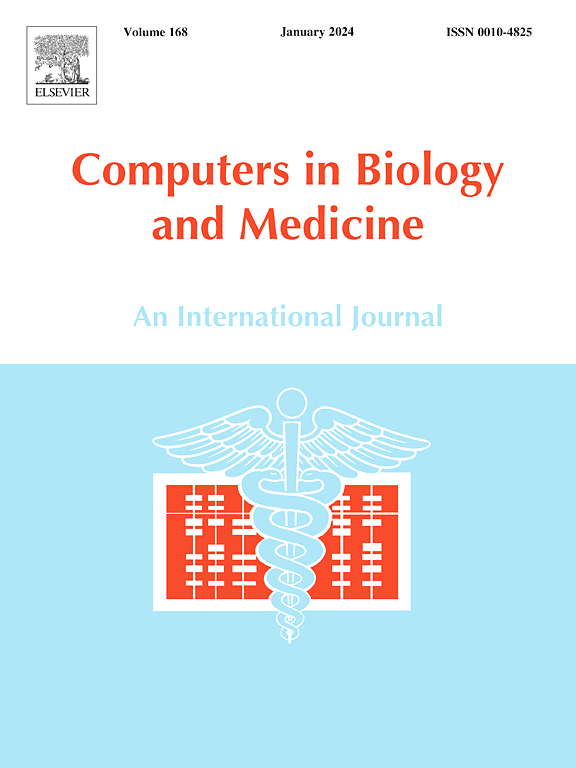Multiple kidney stones prediction with efficient RT-DETR model
IF 7
2区 医学
Q1 BIOLOGY
引用次数: 0
Abstract
Background and objective
Kidney stone detection (KSD) is a critical aspect of medical imaging that necessitates precise identification and classification through computed tomography (CT) scans. The precise identification of the specific type of kidney stone is imperative for the administration of effective treatment. Although contemporary models demonstrate proficiency in classification tasks, they often face challenges when multiple stones are present within a single CT slice and frequently suffer from slow prediction times. This study aims to address these challenges by introducing the RT-DETR model, a novel approach designed for efficient and accurate detection of multiple kidney stones. The code for the proposed model is publicly available in https://github.com/vasanthi457/Kidney-Stone-Detection-using-RTDETR.git.
Methods
The RT-DETR model utilizes an innovative hybrid encoder that processes multi-scale features through Attention-based Intra-Scale Feature Interaction (AIFI) and a Cross-Scale Feature-fusion Module (CSFM). Furthermore, an Intersection over Union (IoU)-aware query selection mechanism is incorporated to improve the accuracy of detecting heterogeneous kidney stones. The model's performance was evaluated using a dataset of CT images annotated with kidney stone locations.
Results
The RT-DETR proposed model achieved a precision (P) of 74.3 %, a recall (R) of 91 %, a mean Average Precision (mAP) of 73.3 %, an F1-Score of 73 %, an accuracy of 82.65 %, and a detection time of 1.043 s in detecting small kidney stones. These results surpass those of existing models like Optimized Fusion (OF), Kronecker Convolution (KC), Exemplar Darknet19 (ED19), Deep Learning (DL), Ensemble Learning (EL), YOLOv5, and YOLOv8, which had lower metric values. Moreover, the statistical tests confirmed that the RT-DETR model exhibits a significant difference in performance compared to other models in kidney stone prediction.
Conclusions
The RT-DETR model represents a significant advancement in kidney stone detection, offering both efficiency and accuracy. By effectively managing multi-scale features and enhancing detection with IoU-aware queries, the RT-DETR model improves diagnostic capabilities and treatment strategies for patients with kidney stones. This innovation has the potential to streamline clinical workflows and enhance patient outcomes through more precise and timely diagnosis.
求助全文
约1分钟内获得全文
求助全文
来源期刊

Computers in biology and medicine
工程技术-工程:生物医学
CiteScore
11.70
自引率
10.40%
发文量
1086
审稿时长
74 days
期刊介绍:
Computers in Biology and Medicine is an international forum for sharing groundbreaking advancements in the use of computers in bioscience and medicine. This journal serves as a medium for communicating essential research, instruction, ideas, and information regarding the rapidly evolving field of computer applications in these domains. By encouraging the exchange of knowledge, we aim to facilitate progress and innovation in the utilization of computers in biology and medicine.
 求助内容:
求助内容: 应助结果提醒方式:
应助结果提醒方式:


